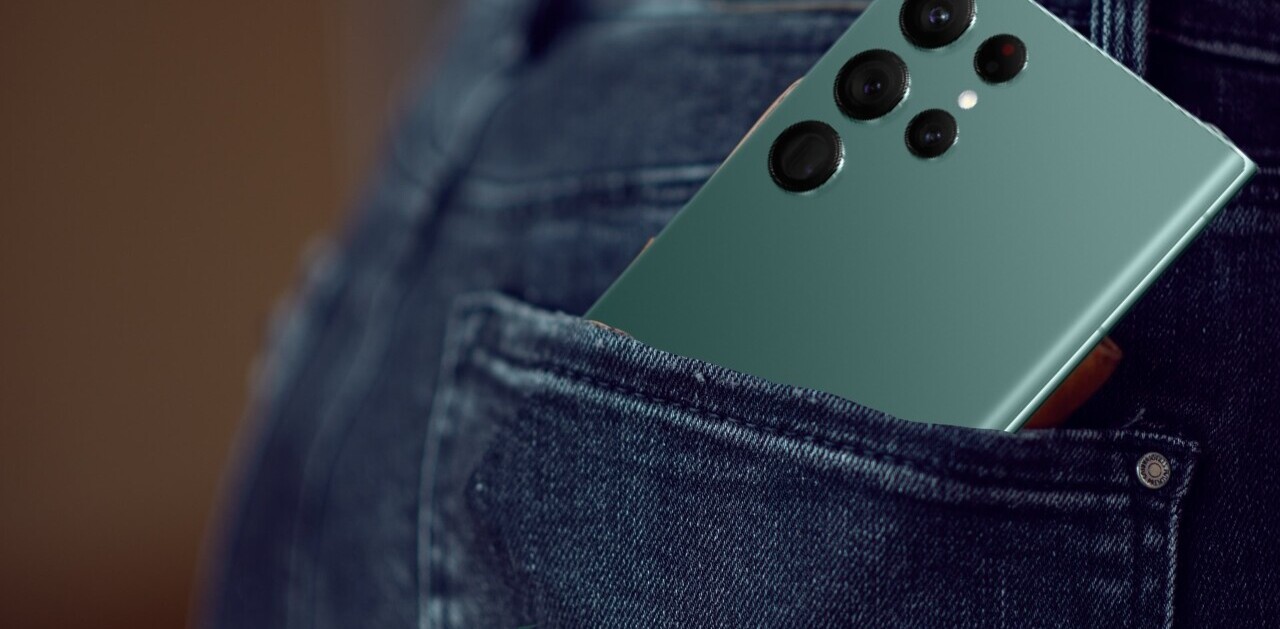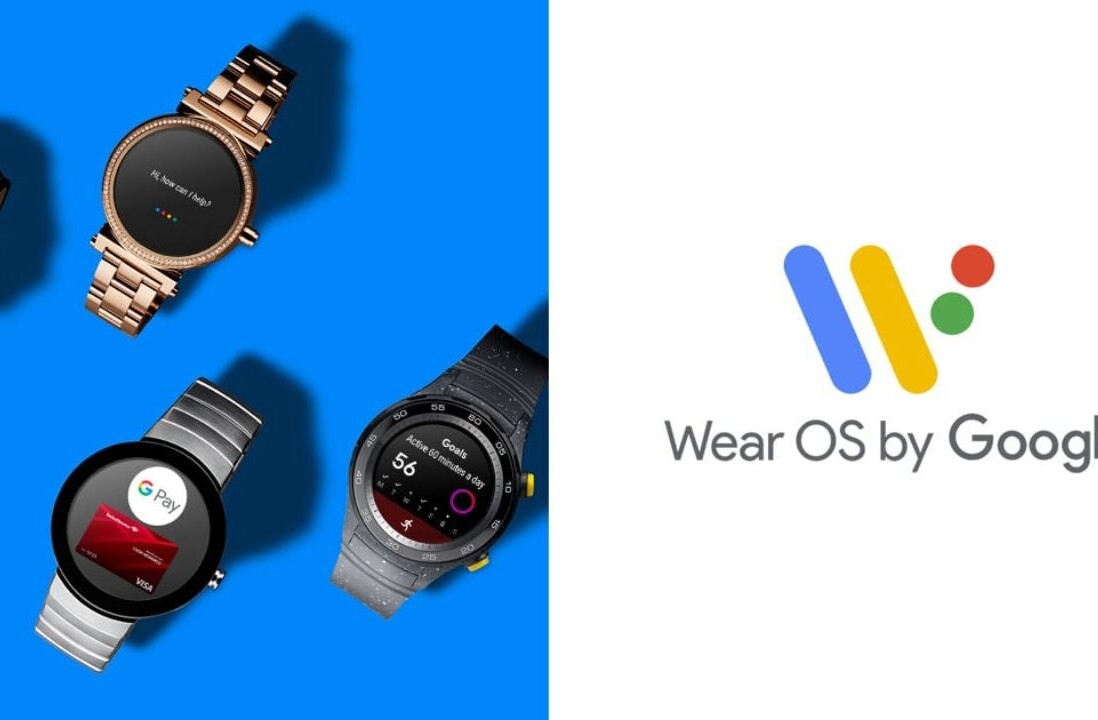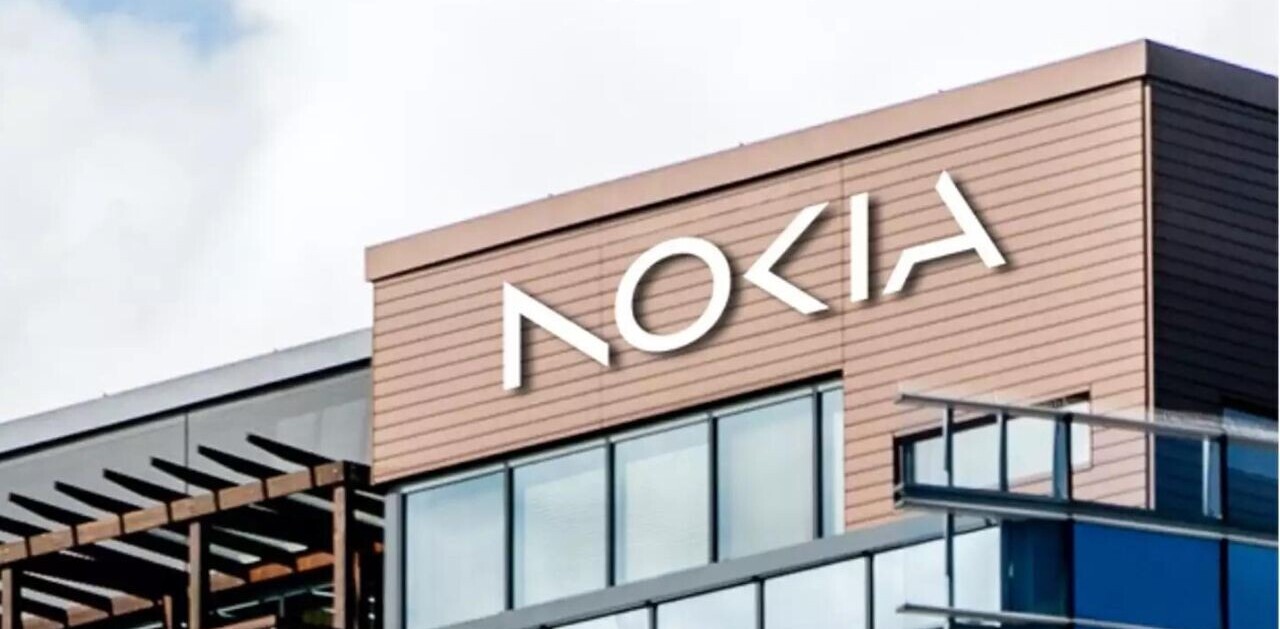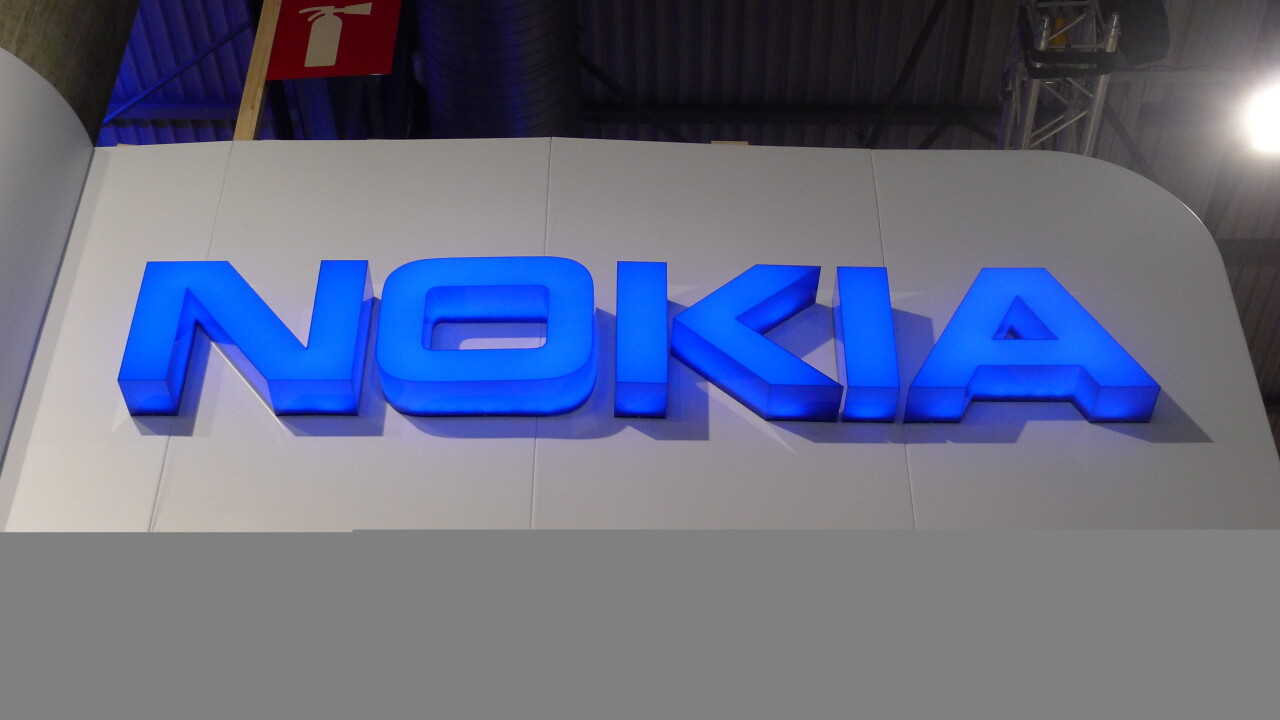
The most exciting, and bizarre, of Nokia’s announcements today at the Mobile World Congress belonged to the much-rumored Nokia X handset — and a surprise addition of another two peers, the X+ and XL — all of which run an operating system based on Android.
The devices are targeted at the “affordable smartphone” segment of the market and run the Nokia X OS platform — a forked version of Android that includes the Fastlane UI found on Asha devices.
The Nokia X’s hardware itself is aligned with its ‘affordable’ smartphone tag, offering a 1GHz dual-core processor, 4-inch 800 x 480 pixels IPS display and a 3-megapixel fixed focus camera on the rear. There’s also 4GB of on board storage and 512MB RAM.
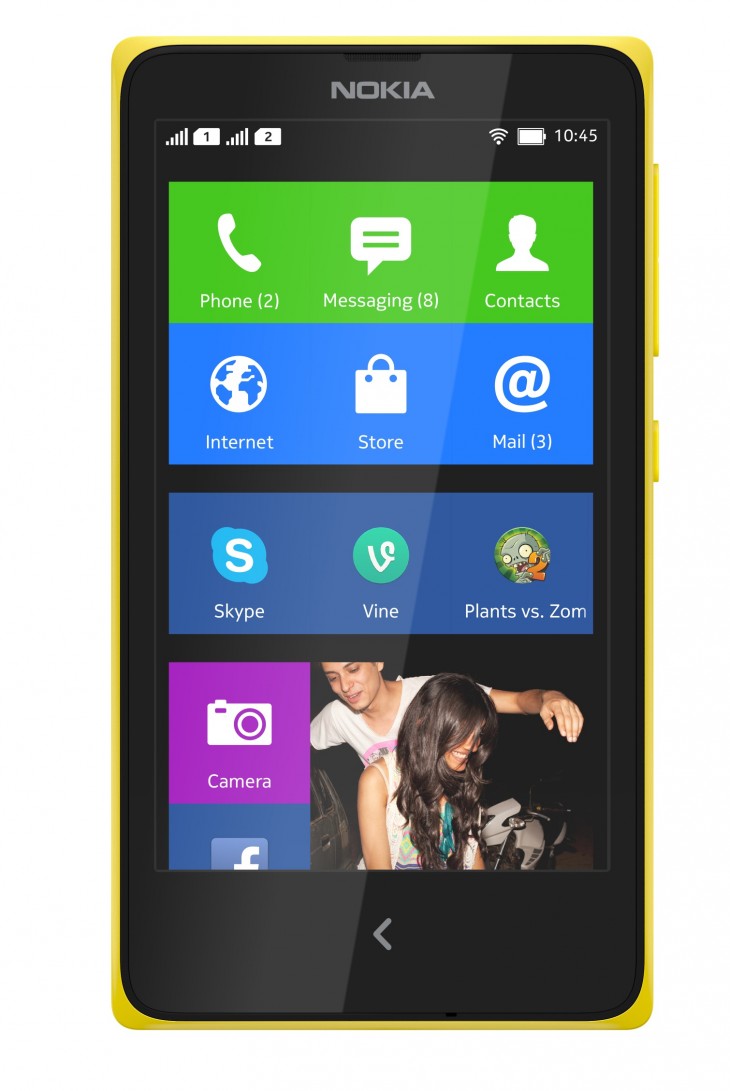
In fact, Nokia told TNW that only three APIs have been changed, so if a developer isn’t making use of these, no changes are needed at all.
However, as the Nokia X is not an ‘Android’ device in the truest sense — it doesn’t have Google Play certification — apps need to be loaded onto the device from Nokia’s own app store, which will have a special section for apps that run on devices in the Nokia X family.
The word ‘family’ there is a telling one – this won’t be the only device to ship under the Nokia X branding and running the custom OS, despite the fact that Microsoft’s purchase of Nokia’s device business is expected to close by the end of this quarter.
“X signifies the cross over between three worlds: Android apps, Nokia design heritage and Microsoft services. It’s a family of affordable smartphones…today we’re talking about the first one, but there will be more [in 2014].”
In addition to providing largely unfettered access to Android apps, there are also a few exclusive apps like Mix Radio and Here Maps pre-installed on the device.
Other than loading apps via Nokia’s app store, users will also be able to download them from third-party app stores like Yandex or side-load an APK directly onto the device from a computer.
Where, when, how much?
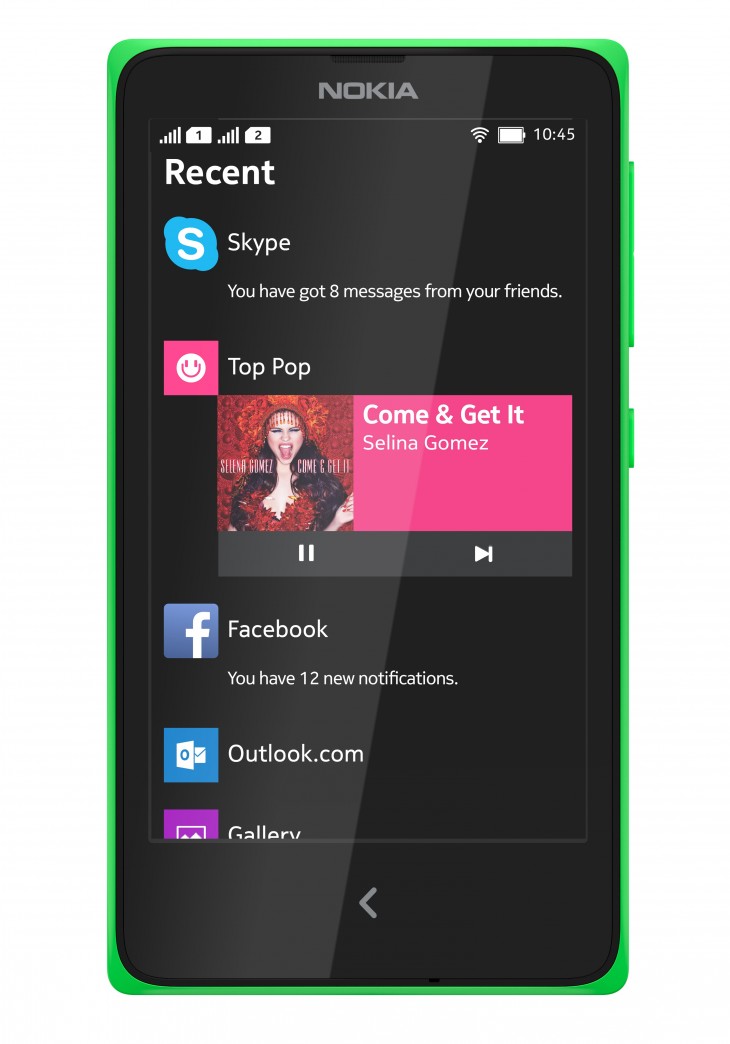
“In North America we’re remain extremely focused on Lumia and generally speaking, Lumia remains our primary smartphone strategy.”
For other markets, the phone is due to go on sale next month, priced from €89 ($122) before taxes.
How did this happen??
Nokia told us that launching an Android-derived phone fits neatly with Microsoft’s ambitions to break into emerging markets and bring the next one billion users online.
“The essential reason in Microsoft being interested in Nokia mobile phones and not just Lumia is that they are also [looking to] connecting the next one billion [people] to the cloud; to their cloud services like Skype and Outlook and such.
Our strategies are very much aligned, what we bring to the table is a very wide reach into these growth markets, to price points and consumers that typically know the Microsoft brand but might not have personal experience of it simply because they could not afford a product or service before.”
So, although the idea of Microsoft supporting devices that run an Android-based OS might seem a bit unusual at first, when considered in the context of locking one billion people into using its cloud services, it makes a little more sense.
Visit our MWC 2014 page for more coverage
Get the TNW newsletter
Get the most important tech news in your inbox each week.
